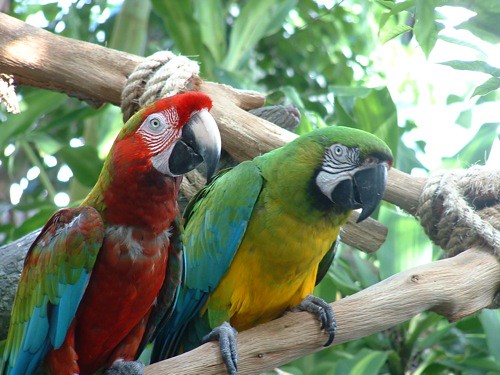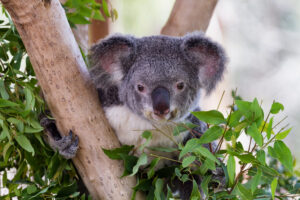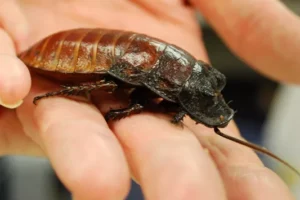
GUEST BLOGGER LAURA PERDEW
Earth’s biomes are amazing places to explore, each one with its own unique climate, and plants and animals that are well-adapted to living there. This picture book science series introduces students to Earth’s five major biomes and provides a launching point for discussions about biodiversity and adaptations, as well as the impact of human activity.

Footsteps in the Forest, Grassland Globetrotting, and Tour the Tundra
Before reading
- Introduce the word ‘biome’ to students and ask them what the word means to them. Guide the class toward a full definition of the word.
- Introduce and discuss other key vocabulary words such as climate, biodiversity, adaptations, etc.
- With student input, make a list of as many different biomes as you can; use students’ prior knowledge to help define each biome. For example, what kind of plants and animals might live in a desert? What is the climate there?
- Now list Earth’s major biomes (water, deserts, forests, grasslands, tundra). Using the longer list of biomes the class created, put each one into a category – rainforests are a type of forest, a savanna is a type of grassland, etc.
- Now divide the class into five groups and give each group a different book in the series. Each group should move to a different part of the room and gather together.
During reading
- Ask a student or an adult to read the book aloud to the group, depending on the needs of the students.
- As they listen to the story, remind students to imagine they are on a journey through this biome.
- During or just after the reading, invite students write down any questions they may still have about the biome.
After reading
Each group can share a little bit about the book they read with the whole class. What were students’ favorite biomes? Which biome surprised them the most? What did they learn? Were they able make any connections to their own lives? What questions do students have about the biome?
Activity #1: Write a poem
- Each of the books in this picture book biomes series opens with a poem about that biome. Read one or two of them aloud.
- Based on the book they read and the discussions, have students write a poem as if they were exploring that biome. Ideas for poems include haiku, using the five senses, acrostic, and color poems.
- After brainstorming, drafting, and revising poems, instruct students to write their poem on an unlined piece of paper.
- Students will then draw a picture to illustrate their poem.
- Poems can be displayed on classroom walls to create a biome museum.
Activity #2: Further research
Students will need access to research materials or the internet. The focus of additional research can be open-ended, depending on the interests of students, their questions, and the needs of the classroom.
- Further research could include a journey to a biome not mentioned in the books. For example, students studying grasslands could investigate the Eurasian Steppe of eastern Europe and central Asia, or the Pampas of South America.
- Students can research the answers to the questions they still have. The results of their research can be shared as a quick oral report, an essay, or a poster.
- Toward the end of each book is a discussion of the impact of human activity on the biome. Give students time to do further research on the challenges facing the biome and what humans are doing to help protect these places.
Activity #3: Compare and contrast
- Each biome includes several different sub-categories. Deserts, for example, includes hot, dry deserts, cold deserts, and semi-arid deserts.
- Have students in each group work together to identify and list the ways that these different subcategories of a biome are similar and how they are different.
- Create a poster that represents these similarities and differences.
- Share with the class.
Further resources
Visit my website for printable lesson plans as well as classroom guides for each book at www.lauraperdew.com.
Featured image credit: “Rainforest Pyramid” by ahknight is licensed under CC BY-NC-ND 2.0.
Laura Perdew is a mom, author, writing consultant, and former middle school teacher. Her passion for nature, the environment, and environmental issues not only led her to move to Colorado decades ago, but also steered her toward writing for children. She writes both fiction and nonfiction for kids, including over 50 books for the education market. One of those, Biodiversity: Explore the Diversity of Life on Earth (Nomad Press, 2019) is on the Booklist editor’s list of the Top 10 Books on the Environment & Sustainability for Youth 2020; this title also earned a starred review from Booklist. Her first fiction picture book is The Fort (Page Street Kids, 2020). She lives, plays, and writes in Boulder, Colorado.
- Website: www.lauraperdew.com
- Twitter: @lmperdew
- Facebook: @authorLauraPerdew
- Instagram: @authorlaurap








Leave a Reply
Your email is safe with me.